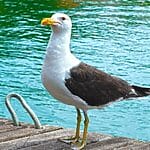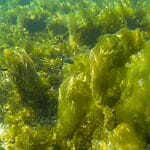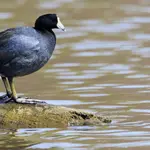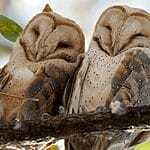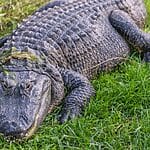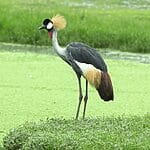The Pacific Ocean is home to a diverse range of fascinating animals, but many species are under threat from pollution, overfishing, and habitat destruction. The growing impact of human activities on marine life creates a pressing challenge: how can these creatures be protected and their habitats preserved?
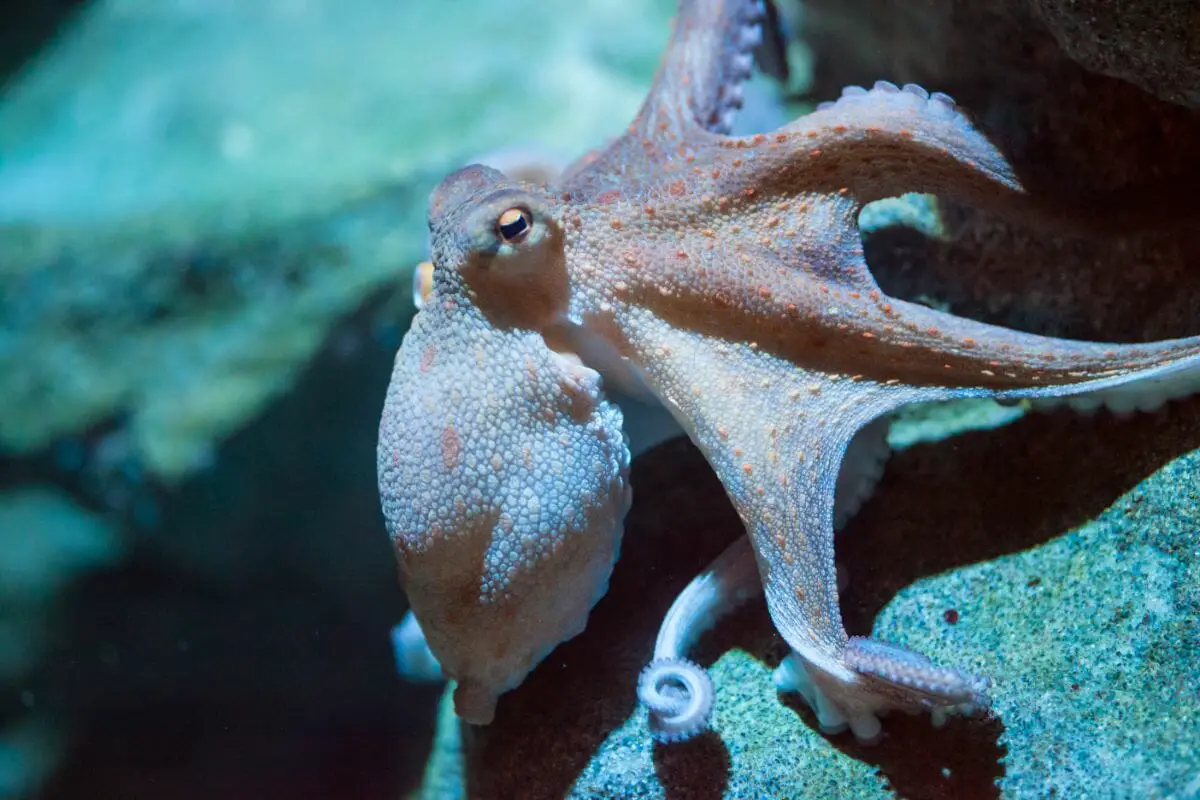
One striking fact is that the Pacific Ocean covers more than 60 million square miles, making it the largest ocean on Earth. With such a massive area, it’s no wonder so many species rely on its ecosystems for survival.
In this article, we will uncover the key animals living in these waters and explore how they’ve adapted to their surroundings. By the end, you’ll gain a clear understanding of the diverse marine life and the threats they encounter.
Octopus
Octopi are just one of the many, many creatures that live in the Pacific Ocean. Octopi are cephalopods that aren’t just being discovered in the Pacific Ocean but in seas all over the world!
The octopus has one of the largest brains compared to its body in terms of invertebrates. It also has a very complex and considerable nervous system.
Octopi vary in weight, but the biggest kind is the Titan Pacific Octopus, which can weigh up to 150 lbs! The octopus likes to eat a variety of foods, from clams and mussels to crabs, sea mollusks, and plankton.
Penguin
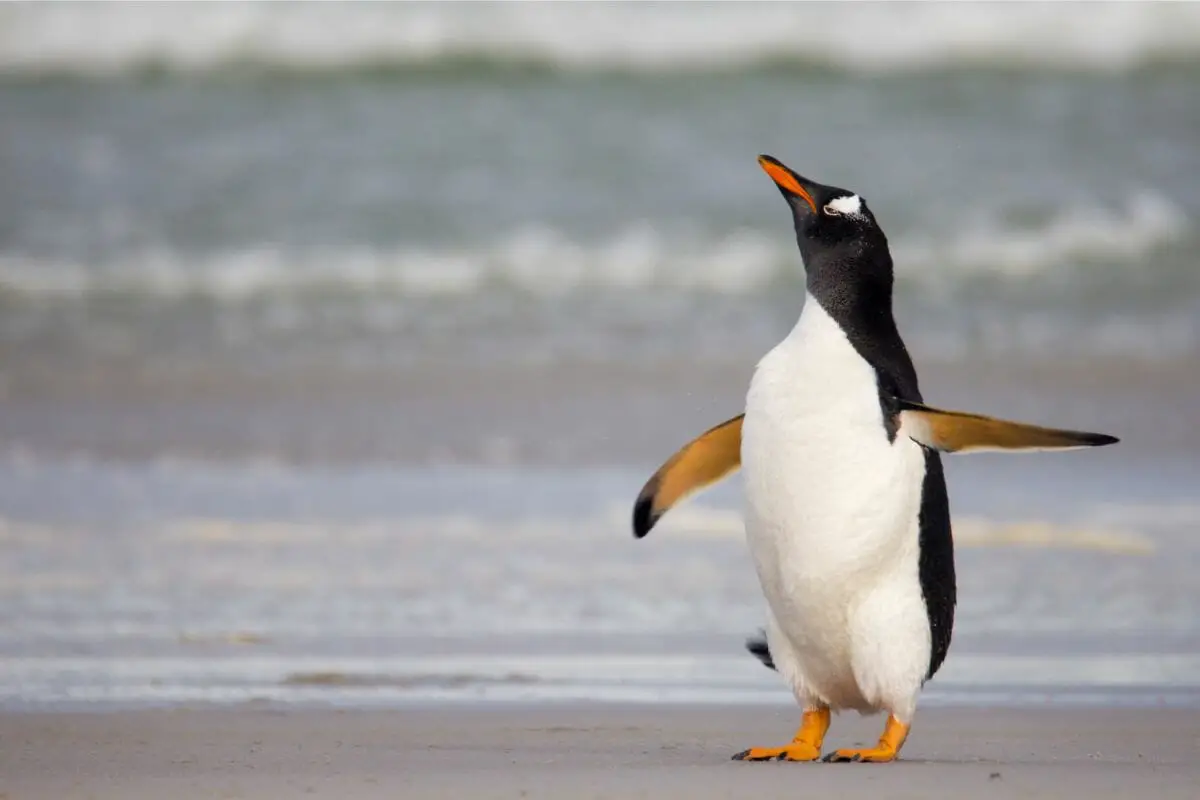
There are many penguin species that live in the Pacific Ocean including the Rockhopper Penguin, the Magellanic Penguin, the Galapagos Penguin, the Yellow-Eyed Penguin, The Crested Penguin, and the Humboldt Penguin.
Pacific Ocean penguins can vary in size, the smallest weighing only 2.2 lbs and measuring 15.7” in height, the largest weighing 75 lbs and measuring 43” in height.
Penguins have a diet that typically consists of fish, crustaceans, and cephalopods, such as cuttlefish and squid.
It has been suggested by some that penguins will actually shallow stones so they will be less buoyant while hunting for food. What’s more, Yellow-Eyed Penguins will actually dive around 400 ft multiple times a day to search for their dinner!
Humpback Whale
Humpback whales are sea mammals that can usually be found in the North Pacific. Humpback whales have defining pectoral fins. Humpback whales can weigh up to 40 short tones and range anywhere between 39-52 ft.
Humpback whales are known for their displays and songs of courtship. They are seasonal mammals who migrate far, traveling up to 16,000 km every year with their migrations. Humpback whales typically live off krill, since they are baleen whales.
Killer Whale
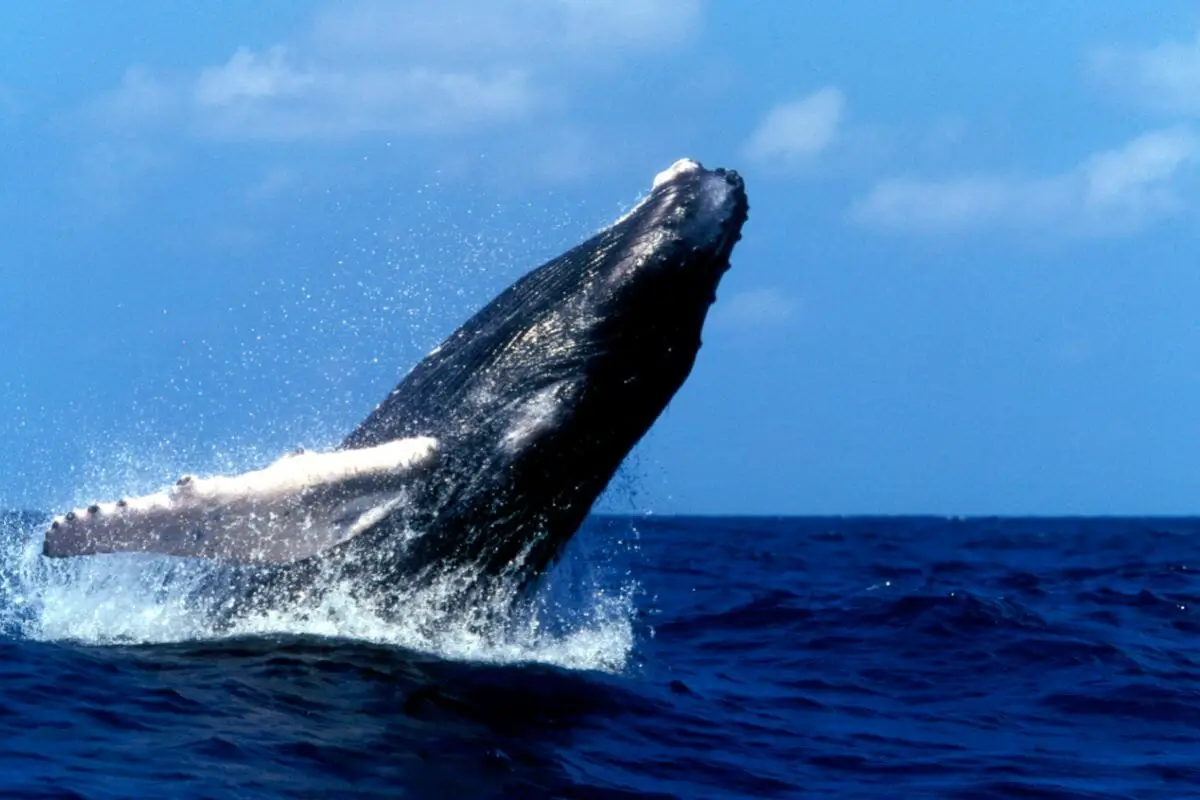
Killer whales are considered to be the apex killer of the sea. They are also known as orcas. Killer whales are a part of the dolphin family and are said to be the largest among them.
Adult male orcas can grow up to 26 ft and can weigh between 8,000-12,000 lbs. Female killer whales can weigh anything between 3,000-8,000 lbs.
Killer whales are carnivores that will eat many other sea creatures, including seals, dugongs, sea otters, salmon, harbor porpoises, cephalopods, and more.
Dugong
Dugongs are huge animals that live in the hottest regions of the Western Pacific Ocean. They can grow between 8-10 ft and weigh between 510-1,100 lbs! Their average lifespan in the wild is around 70 years.
Dugongs are related to the manatee family and are very similar to them in terms of behavior and appearance. Both of these sea creatures are related to elephants.
Dugongs are herbivores that eat sea lawns on the ocean floor. They like to graze throughout the day and night, using their snouts to sniff out the sea lawn and then their hard mouths to chomp on it.
Dugongs have to resurface from water once every 6 minutes, typically breathing the open air by standing on their tail.
Manta Ray
Manta rays can be found in the Northern Pacific part of the Pacific Ocean. You can usually find them near reefs where it works to probe small fish and shellfish.
Adult manta rays can grow to 29.5 ft and typically weigh around 2,000 lbs. They are the largest type of rays in the entire world. Manta rays are very intelligent creatures and have the ability to recognize themselves in the mirror.
They are known as filter feeders and will swim with their mouths open to draw in krill and zooplankton.
Sea Otter
Sea otters primarily reside in the Northern Pacific Ocean. They can grow to 4ft in height and 65 lbs in weight. Sea otters like to stay in the ocean most of the time, but will sometimes come ashore if they want to rest.
Otters have webbed feet to help them survive in the ocean, and also have water-repellent fur to help them stay warm and dry.
Otters like to eat shellfish, crabs, octopi, fish, sea urchins, and squids. They are very clean creatures who like to wash after they eat, cleaning their paws, teeth, and coat.
Sea Turtle
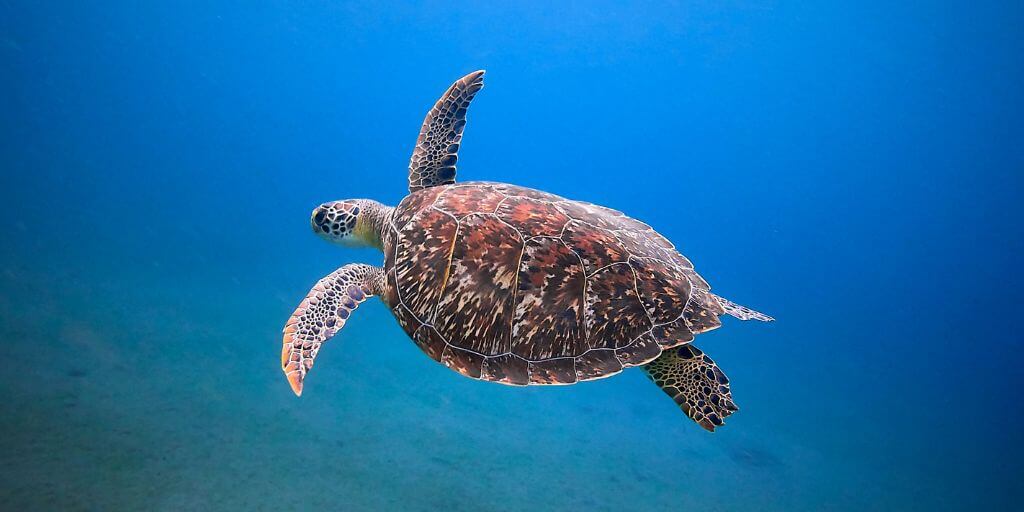
Sea turtles like to reside in the Eastern Pacific Ocean. They can grow anywhere between 2-7ft in length and can weigh anywhere between 70-1500 lbs!
Sea turtles must make lengthy migrations between their breeding and feeding areas. They like to mate in the ocean, and then go to the shore to lay their eggs on the beach.
After 60 days, the eggs will hatch and the baby sea turtles must make their way to the water at night – while avoiding crabs, seabirds, and other predators.
Different kinds of sea turtles eat different foods. For example, adult green sea turtles are herbivores and like to eat algae and seagrass off coral reefs. Meanwhile, adult loggerhead sea turtles are carnivores that enjoy eating conchs, whelks, and crabs.
Fur Seal
Fur seals are marine mammals native to the Pacific Ocean, primarily inhabiting subpolar and temperate waters. Known for their dense fur, they have a soft undercoat and longer outer hairs, providing insulation in colder environments.
Fur seals live in large colonies on rocky coastlines, where they breed and rest. They primarily consume fish, squid, and krill, diving deep to hunt for food. Despite their social nature, they face predation from sharks and orcas.
Due to historical overhunting for their pelts, conservation measures have been implemented to protect fur seal populations from further decline.
Pacific White-Sided Dolphin
The Pacific white-sided dolphin, found in the North Pacific, is known for its striking color pattern and social behavior. These dolphins are dark gray on their backs, with white undersides and light gray stripes along their sides.
They often perform acrobatic leaps, sometimes riding alongside boats. Living in large groups, these dolphins primarily eat small fish and squid. Though they are not currently endangered, bycatch in fishing nets remains a threat.
Their playful nature and large pods make them one of the most easily recognizable dolphin species in the Pacific.
Sea Slug
Sea slugs, especially nudibranchs, are brightly colored marine animals that inhabit various regions of the Pacific Ocean. They are notable for their vivid colors, which signal to predators that they may be toxic or unpalatable.
Unlike most mollusks, sea slugs do not have protective shells. Instead, they rely on chemical defenses derived from their prey. Sea slugs primarily feed on small marine organisms like sponges and anemones.
Their unique reproductive system allows them to mate with any individual of the same species, as they are simultaneous hermaphrodites.
Shark

Sharks, as apex predators, play a significant role in maintaining the balance of marine ecosystems in the Pacific Ocean. Species like the great white shark and hammerhead shark are well-known for their hunting abilities, using their keen senses and powerful jaws to capture a variety of prey, including fish and marine mammals.
Sharks face serious threats from human activities, particularly overfishing and habitat destruction. Efforts to protect sharks are crucial for preserving the health of oceanic ecosystems, as these predators help regulate marine food chains.
Sea Snakes
Sea snakes, such as the yellow-bellied sea snake, thrive in the tropical waters of the Pacific Ocean. These reptiles have adapted fully to marine life, with flattened tails that aid in swimming and the ability to absorb oxygen through their skin.
They primarily hunt fish, using venom to paralyze their prey. While their venom is potent, sea snakes are generally non-aggressive unless provoked.
Climate change and pollution are among the key challenges affecting their habitats, threatening their populations by altering ocean temperatures and water quality.
Jellyfish
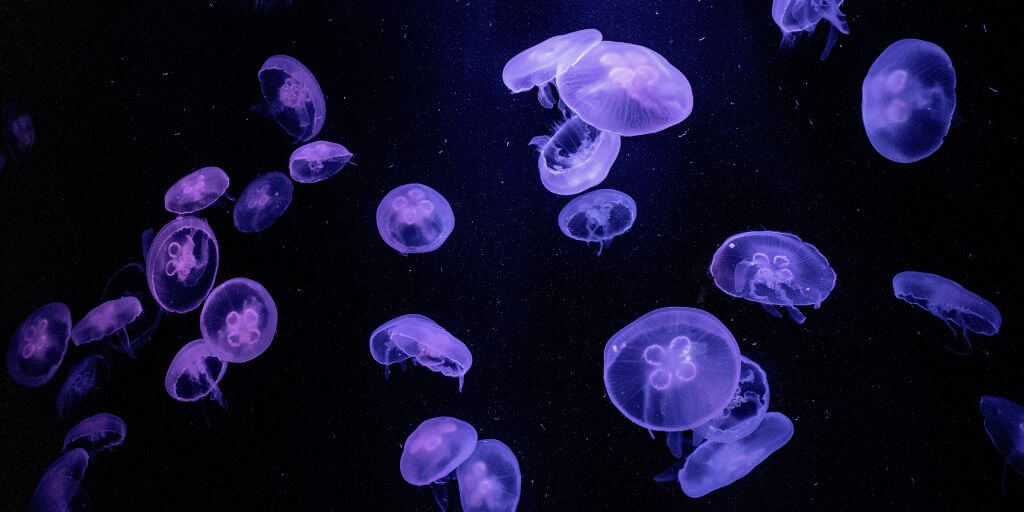
The Pacific sea nettle, a species of jellyfish, inhabits coastal waters along the Pacific Ocean, from California to Alaska. Characterized by its bell-shaped body and long, stinging tentacles, the sea nettle captures prey such as zooplankton and small fish.
While their sting can be painful, it is rarely dangerous to humans. Jellyfish play a critical role in marine ecosystems, serving as both predators and prey.
However, environmental shifts like ocean warming can cause their populations to surge, which can disrupt local ecosystems.
Final Thoughts
The Pacific Ocean is the largest ocean in the world and is home to many sea creatures big and small. Not only do these sea creatures vary in size, but they will vary in diet and habits, too!
For example, otters are small creatures who like to clean themselves after all meals, while dugongs are grazers that eat all day and night!
We hope this article taught you more about the wonderful aquatic creatures that live in the Pacific Ocean!
FAQs
How Many Species Are Found in the Pacific Ocean?
There are approximately 228,450 known species in the Pacific Ocean, though scientists estimate that over 90% of its biodiversity remains undiscovered. This suggests that between 500,000 to 2 million more species are yet to be identified, showcasing the vast unexplored life in this ocean.
What Is the Largest Animal in the Pacific Ocean?
The blue whale is the largest animal in the Pacific Ocean, reaching lengths of up to 100 feet and weighing around 200 tons. These majestic creatures mainly consume krill and are found across various regions of the Pacific.
Which Dangerous Animals Inhabit the Pacific Ocean?
The Pacific Ocean is home to dangerous animals like great white and tiger sharks, known for their aggressiveness. Additionally, venomous sea snakes, some of the world’s deadliest reptiles, also inhabit the Pacific’s tropical and subtropical waters.
Are There Any Unique Species Found Only in the Pacific Ocean?
Yes, the Pacific Ocean is home to unique species such as the Syngnathidae family, including seahorses and pipefish. Marine iguanas, endemic to the Galapagos Islands in the Pacific, are also exclusive species found nowhere else in the world.
- What Should I Do If A Koala Bites Me? Safety Guide - 2024-05-30
- Are Kangaroos Born Without Hind Legs? A Fascinating Journey - 2024-05-30
- Animals That Look Like Squirrels - 2024-05-30

